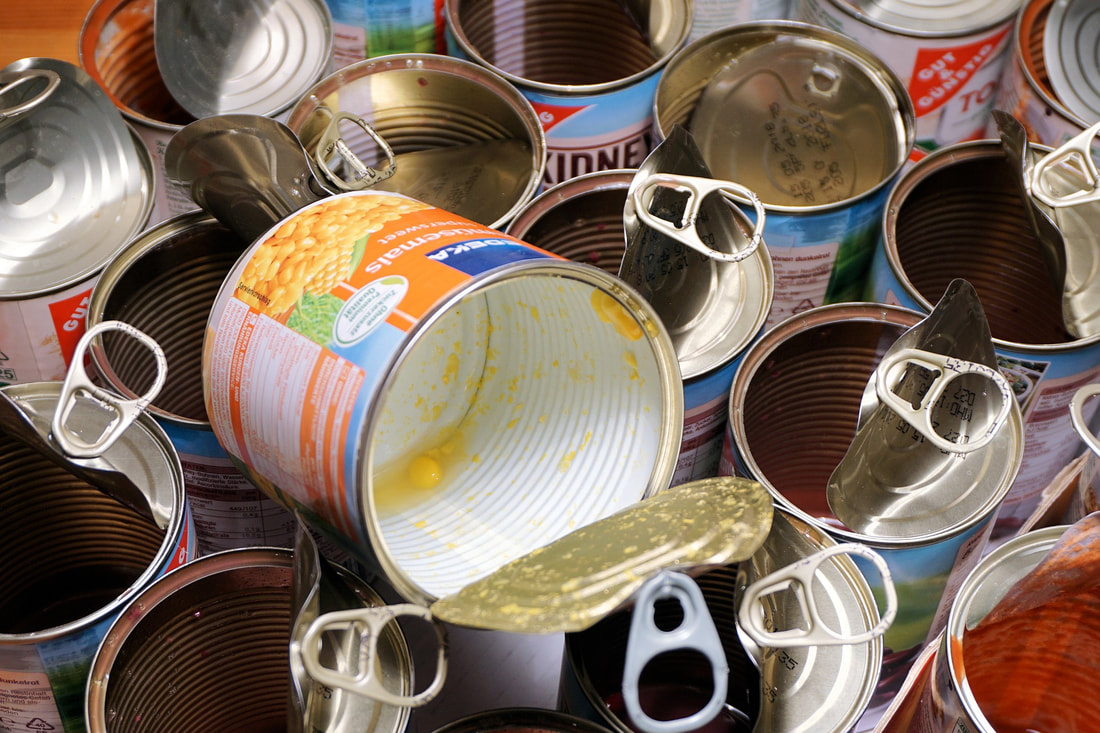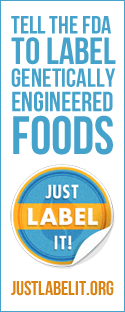|
OTTAWA -- Seven years after Canada declared bisphenol A, or BPA, to be toxic to human health, a national survey of chemicals in Canadians’ bodies shows more than 90 per cent of Canadians have it in their blood and the exposure may actually be getting worse, not better.
Also read, There's a killer lurking in your canned food. BPA is an industrial chemical used in plastics and commonly found in food and beverage containers such as cans and reusable water bottles. It has been linked to brain and behavioural issues in babies and children as well as high blood pressure and infertility in adults. Some studies even suggest early exposure to BPA may make people more prone to obesity. Health Canada on Thursday released its fourth version of a survey monitoring the presence of toxic chemicals in blood and urine based on testing done on 5,700 Canadians across the country in 2014 and 2015. The survey used blood and urine samples collected from people between three and 79 years old in 16 different locations in seven provinces. The results detected the presence of BPA in the blood of 92.7 per cent of the people tested, compared with 92.2 per cent of people tested in 2011 and 2012. In 2010, the federal government formally declared BPA to be toxic, and banned its use in baby bottles that same year. The formal declaration was supposed to make it easier for Canada to ban the use of BPA with regulations rather than requiring time-consuming legislative amendments. Since then, there have been voluntary reductions in the use of BPA in such products as infant formula packaging, food tins and some reusable water bottles, but Canada hasn’t formally banned its use in anything else. While BPA is listed on Environment Canada’s list of toxic substances alongside arsenic, asbestos, lead and mercury, Health Canada also concludes that the current amount of BPA exposure Canadians get from food and beverage containers is low enough that it doesn’t pose a health risk when used in those products. Muhannad Malas, the toxics program manager for Environmental Defence, said the biomonitoring survey results clearly show any efforts to reduce exposure to BPA thus far are not working. “I think that sort of points to the inadequacy of the regulations we have on BPA,” said Malas. “So seven years ago BPA was banned in baby bottles after it was declared toxic, seven years later we’re not really seeing BPA levels going down and that’s because it’s continued to be used in things like cash register receipts and food cans.” Last year Environmental Defence participated in a study with some U.S. organizations which found the presence of BPA in 81 per cent of food cans on store shelves. Malas said equally disturbing is that the substances being used to replace BPA are not proven to be any safer than BPA. Environmental Defence Thursday called for Canada to use the results of this report to help guide its decision on what to do about the Canadian Environmental Protection Act. In June, a parliamentary committee made 87 recommendations for improvements to the law, which is the main statute governing the use of chemicals in Canada. Among those recommendations were to amend the act to make it the principal statute to regulate products containing toxic chemicals, give cabinet more authority to demand data and testing results on products to help assess their risk to Canadians and that the act require all products containing hazardous substances to have mandatory warning labels. Health Minister Jane Philpott and Environment Minister Catherine McKenna need to respond to the committee recommendations by mid-October. McKenna said Thursday the government is still studying the recommendations: “The health and safety of Canadians is a top priority for us and we’re always looking at how we can improve and do better to make sure that we keep Canadians healthy and safe.” SOURCE Mia Rabson, The Canadian Press
0 Comments
Leave a Reply. |
Advertisement
News & Updates
Stay informed with the latest news around foodservice, agriculture and other related food news. Advertisement Opportunities
|


 RSS Feed
RSS Feed


